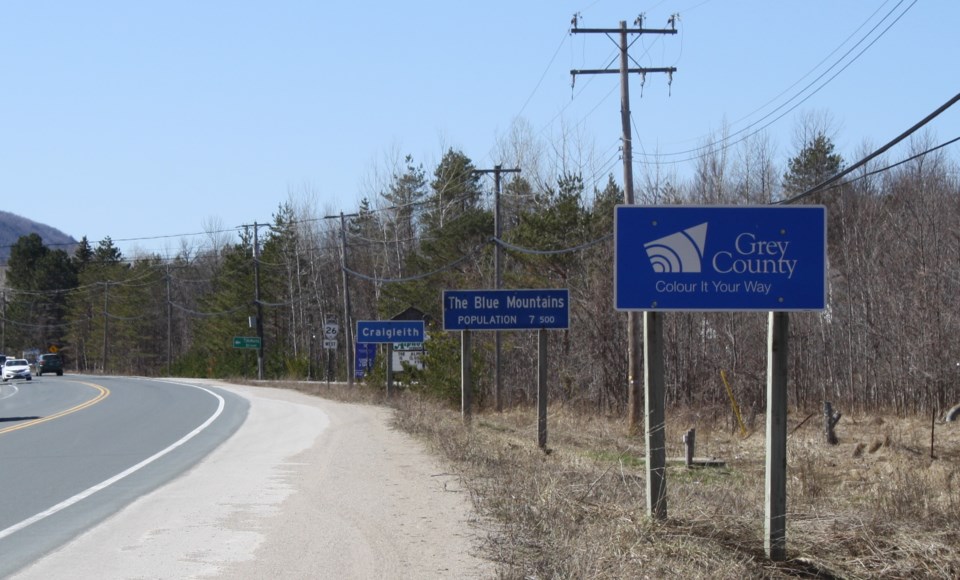Grey County is partnering with the University of Guelph to create new planning policy frameworks for additional residential units.
Members of county council heard about the project at council’s meeting on Feb. 9. Additional residential units are legally established self-contained residential units that exist alongside a primary residence. They could be a basement, second-floor or garage apartment or a separate structure like a tiny home.
The province has been pushing the creation of more additional residential units as a potential solution for the housing crisis in Ontario. In 2019, Bill 108 amended the planning act to allow one additional unit. Recently, Bill 23 expanded those provisions to allow up to three residential units on residential properties in serviced settlement areas.
With these changes in place, the county is working towards developing a guide on planning best practices for additional residential units.
“Grey County planning staff are quite enthusiastic about additional residential units. We see the benefits,” said intermediate planner Becky Hillyer. “Our municipalities are really grappling with how to implement these changes.”
Hillyer said the county is stepping into a leadership role to develop policies and best practices on the issue. Three students from the University of Guelph’s Masters in Rural Planning and Development program are working, as part of their studies, to research and develop recommendations related to zoning, official plan policies, public engagement strategies and more to help develop guidelines and policies for the county and its municipalities.
“They’re going full swing at the moment,” Hillyer said of the students. “We are really excited about this project.”
Members of county council greeted news of the project with thumbs up.
The Blue Mountains mayor Andrea Matrosovs suggested the students and county planners hold conversations with the Niagara Escarpment Commission (NEC) on additional residential units. Matrosovs noted that some NEC policies on secondary units are different and more restrictive.
“It can be a very big missed opportunity,” said Matrosovs.
Grey Highlands mayor Paul McQueen agreed and noted it was time for modernized planning policies around housing. He noted realities like aging in place at home and the need for housing for commercial farm workers needed to be recognized.
“There has to be some flexibility. We have to think outside the box,” said McQueen. “There are a lot of benefits here. This is 2023, not 1975.”
Hillyer explained the provisions in Bill 23 focus on additional residential units in urban areas with services. She said expanding them into the rural areas was a choice local communities could make.
“It’s up to the municipality if it wants to extend out of the settlement areas,” said Hillyer. “There are no restrictions on it, but you don’t have to do it.”
Other members of council said preparing policies and guidelines now, was a good move for the county as complications and possible conflicts will arise as additional residential units become more popular.
“This is going to be fascinating in practice,” said Owen Sound mayor Ian Boddy, who noted that allowing additional residential units was only the first step. “There will be a lot of requirements to put this into practice. It’s going to be interesting.”
West Grey Mayor Kevin Eccles said there were no magic wand solutions to the housing crisis.
“Provincial policy can’t deal 100 per cent with 100 per cent of Ontario,” said Eccles, who noted that rural Ontario is different from larger urban centres. “It’s going to be more than interesting in how we end up dealing with this.”
Hillyer told county council the project should be completed in April.



